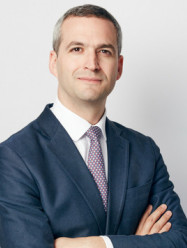BibTex format
@article{Cafferkey:2020:10.1101/2020.05.24.20107193,
author = {Cafferkey, JJ and Hampson, DOP and Ross, C and Kooner, AS and Martin, GFJ and Kinross, JM},
doi = {10.1101/2020.05.24.20107193},
title = {Using HoloLens2™ to reduce staff exposure to aerosol generating procedures during a global pandemic},
url = {http://dx.doi.org/10.1101/2020.05.24.20107193},
year = {2020}
}

